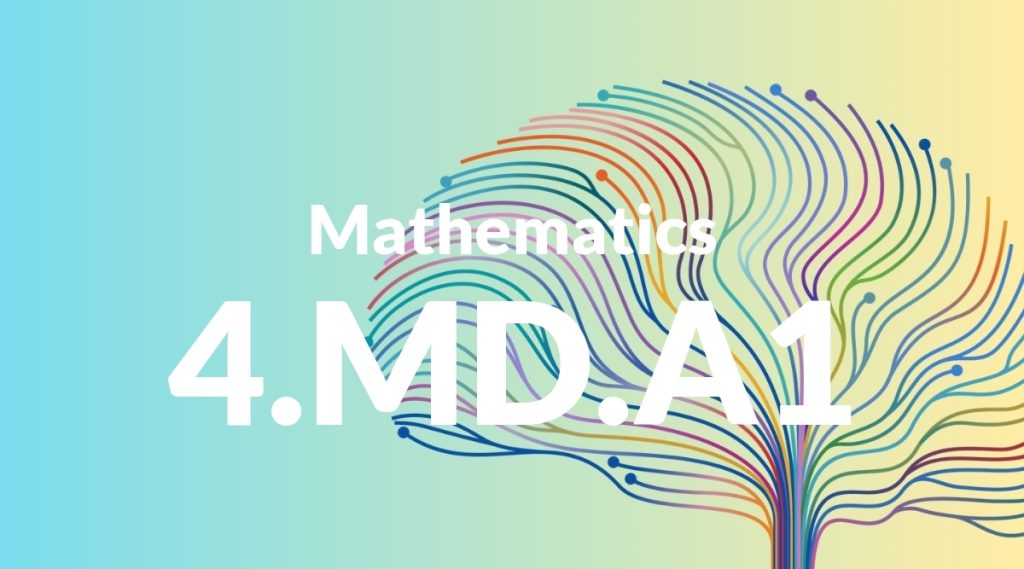Standard: 4.MD.A1 – Know relative sizes of measurement units within one system of units including km, m, cm; kg, g; lb, oz.; l, ml; hr, min, sec. Within a single system of measurement, express measurements in a larger unit in terms of a smaller unit. Record measurement equivalents in a two-column table. For example, know that 1 ft is 12 times as long as 1 in. Express the length of a 4 ft snake as 48 in. Generate a conversion table for feet and inches listing the number pairs (1, 12), (2, 24), (3, 36), …
Grade level: Grade 4
Subject: Mathematics
Domain: Measurement & Data
Teacher Overview
This standard focuses on understanding and converting between different measurement units within the same system. It’s important because it lays the foundation for more advanced mathematical concepts and practical real-world applications, such as cooking, science experiments, and travel. Students should be familiar with basic units of measurement and have a solid understanding of multiplication and division. This foundational knowledge is crucial for successfully converting between different units.
Mastering this standard will prepare students for more advanced topics in measurement, such as area and volume calculations, which often require unit conversions. It also equips them with practical skills for everyday tasks.
Common Misconception 1
One common misconception is that larger units always correspond to larger numbers. For example, students might think that 1 meter is larger than 100 centimeters because ‘meters’ sound bigger.
Intervention 1
To remediate this, use visual aids and hands-on activities. Show students how 1 meter is composed of 100 centimeters by using a ruler or tape measure. This visual representation can help clarify the relationship between units.
Common Misconception 2
Another common misconception is mixing units from different measurement systems, such as combining inches with centimeters.
Intervention 2
To address this, provide practice problems that focus on one measurement system at a time. Use clear labels and consistent terminology to help students distinguish between different systems.
Prerequisite Knowledge
Students should understand basic measurement units and their uses, such as knowing what a meter or a kilogram is. They should also be familiar with simple multiplication and division, as these operations are essential for converting between units.
Subsequent Knowledge
After mastering this standard, students will be able to tackle more complex measurement conversions, including those involving mixed units (e.g., converting 3 feet 4 inches into inches). They will also be better prepared for understanding concepts of area and volume that involve unit conversions.
Instructional Activities
- Create a two-column table to record measurement equivalents.
- Use rulers and measuring tapes to measure objects in different units.
- Convert recipe measurements for a cooking activity.
- Solve word problems involving unit conversions.
- Create a conversion chart for classroom reference.




